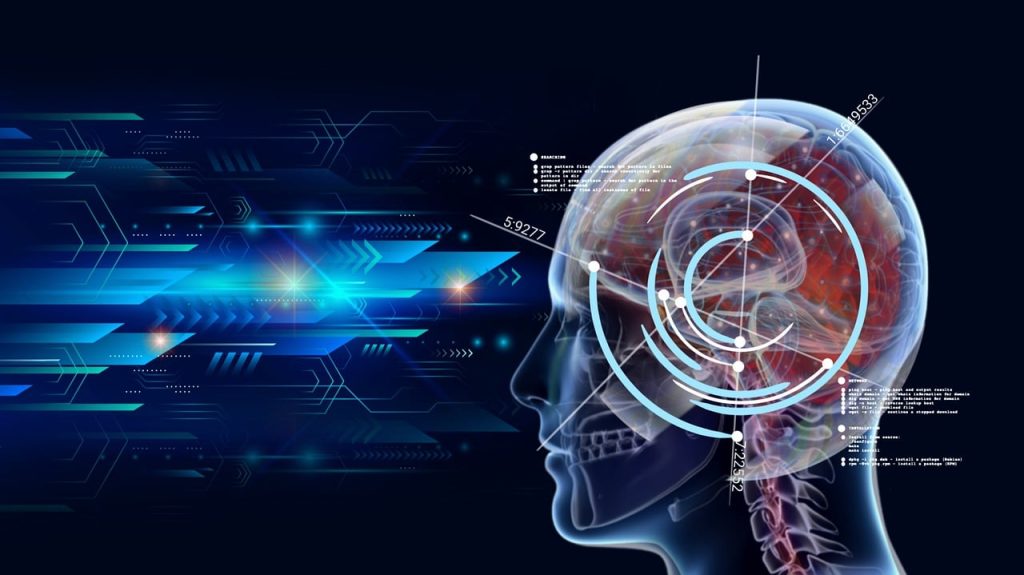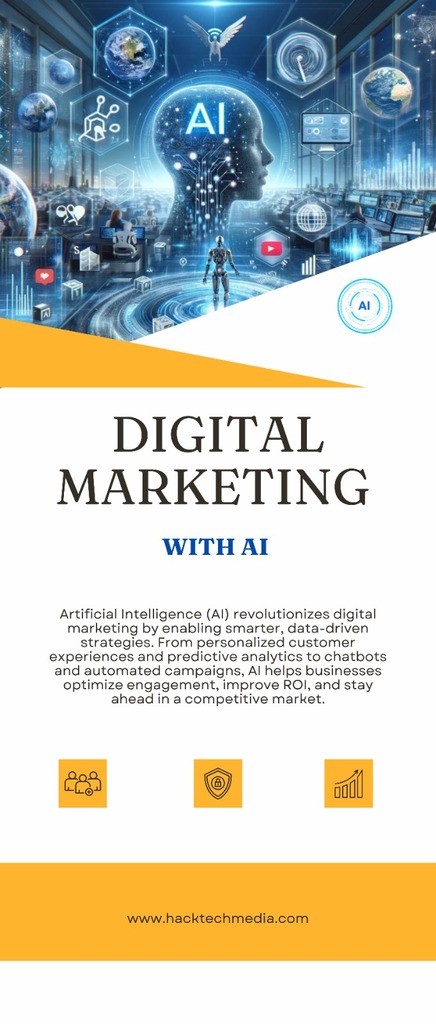
In recent years, deep learning has emerged as a revolutionary technology that is transforming the landscape of artificial intelligence (AI). By mimicking the intricate workings of the human brain, deep learning systems have enabled remarkable advancements in various fields, from healthcare to finance, and beyond. This blog will explore the fundamentals of deep learning, its significance within the broader context of AI, and its future implications.
Understanding Deep Learning
Deep learning is a subset of machine learning, which, in turn, is a branch of artificial intelligence. At its core, deep learning utilizes artificial neural networks—algorithms inspired by the structure and function of the human brain—to analyze large amounts of data. Unlike traditional machine learning models, which often rely on manual feature extraction, deep learning automatically learns hierarchical representations of data through multiple layers of processing.
The Structure of Neural Networks
Neural networks consist of interconnected layers of nodes or neurons. Each neuron receives input, processes it, and passes the output to the next layer. The basic architecture includes:
- Input Layer: This layer receives the raw data. For instance, in image recognition tasks, this could be pixel values from an image.
- Hidden Layers: These are the intermediate layers where the actual processing occurs. Deep learning models typically have multiple hidden layers (hence “deep” learning), allowing them to capture complex patterns in the data.
- Output Layer: This layer produces the final output, such as classifying an image or predicting a value.
Activation Functions
Activation functions play a critical role in deep learning by determining whether a neuron should be activated or not, effectively introducing non-linearity into the model. Common activation functions include:
- ReLU (Rectified Linear Unit): Often used in hidden layers, it outputs zero for negative inputs and the input itself for positive values.
- Sigmoid: Outputs values between 0 and 1, often used in binary classification tasks.
- Softmax: Used in the output layer for multi-class classification, it converts raw scores into probabilities.
Training Deep Learning Models
Training a deep learning model involves feeding it large amounts of labeled data and adjusting the weights of the connections between neurons based on the errors made in predictions. This process, known as backpropagation, utilizes optimization algorithms like Stochastic Gradient Descent (SGD) to minimize the loss function, which measures how far the model’s predictions are from the actual values.
Applications of Deep Learning

Deep learning has significantly advanced various domains, leading to breakthroughs that were once thought impossible. Here are some notable applications:
1. Computer Vision
Deep learning has revolutionized the field of computer vision. Convolutional Neural Networks (CNNs), a specialized type of neural network, excel at processing grid-like data, such as images. Applications include:
- Image Classification: Identifying objects within images, widely used in social media tagging and photo organization.
- Object Detection: Recognizing and locating multiple objects within an image, crucial for autonomous vehicles and security systems.
- Facial Recognition: Enhancing security measures in smartphones and surveillance systems.
2. Natural Language Processing (NLP)
Deep learning has transformed how machines understand and generate human language. Recurrent Neural Networks (RNNs) and Transformers are pivotal in NLP tasks:
- Language Translation: Services like Google Translate utilize deep learning to improve translation accuracy.
- Sentiment Analysis: Businesses analyze customer feedback and social media sentiment using deep learning models to gain insights.
- Chatbots and Virtual Assistants: AI-driven chatbots leverage deep learning for better interaction with users, understanding context, and providing relevant responses.
3. Healthcare
Deep learning is making significant strides in healthcare by enhancing diagnostic accuracy and patient care:
- Medical Imaging: Deep learning algorithms assist radiologists in detecting diseases from X-rays, MRIs, and CT scans more effectively.
- Drug Discovery: Predictive models help in identifying potential drug candidates, accelerating the research process.
- Personalized Medicine: By analyzing patient data, deep learning enables tailored treatment plans based on individual needs.
4. Finance
The finance sector has embraced deep learning to improve decision-making processes:
- Fraud Detection: Financial institutions use deep learning models to analyze transaction patterns and detect anomalies that indicate fraudulent activities.
- Algorithmic Trading: Deep learning algorithms analyze market trends and execute trades at optimal times based on predictive models.
- Credit Scoring: By assessing vast amounts of data, deep learning enhances credit scoring systems, allowing for more accurate risk assessments.
The Future of AI and Deep Learning
As deep learning continues to evolve, its implications for the future of AI are profound. Here are some trends and predictions:
1. Greater Accessibility of AI Tools
As the technology matures, tools and frameworks for deep learning are becoming more user-friendly and accessible. Platforms like TensorFlow and PyTorch enable developers with varying levels of expertise to build sophisticated models. This democratization of AI will lead to an increase in innovative applications across various sectors.
2. Improved Generalization
One of the current challenges in deep learning is overfitting, where models perform well on training data but poorly on unseen data. Future advancements may focus on creating models that generalize better across diverse datasets, enhancing their real-world applicability.
3. Explainable AI
As deep learning models become more integrated into critical decision-making processes, the need for transparency and interpretability will grow. Explainable AI (XAI) aims to make deep learning models more understandable, allowing users to comprehend how decisions are made. This transparency is crucial in fields like healthcare and finance, where understanding the rationale behind decisions is paramount.
4. Integration with Other Technologies
Deep learning will increasingly integrate with other emerging technologies, such as Internet of Things (IoT) and edge computing. For instance, deploying deep learning models on edge devices can enable real-time data processing and decision-making, enhancing applications in smart homes, manufacturing, and healthcare.
5. Enhanced Personalization
As organizations gather more data about user preferences and behaviors, deep learning will play a pivotal role in delivering highly personalized experiences. From content recommendations to targeted advertising, the ability to analyze and understand individual user behavior will drive deeper engagement.
Challenges in Deep Learning
Despite its potential, deep learning faces several challenges:
1. Data Requirements
Deep learning models require vast amounts of labeled data to train effectively. Acquiring and annotating this data can be time-consuming and costly. Moreover, the quality of the data directly impacts the model’s performance.
2. Computational Power
Training deep learning models demands significant computational resources. While advancements in hardware, such as Graphics Processing Units (GPUs) and Tensor Processing Units (TPUs), have made this more feasible, the energy consumption and costs associated with training large models remain concerns.
3. Ethical Considerations
The deployment of deep learning in sensitive areas raises ethical questions. Issues such as bias in training data, privacy concerns, and the potential for misuse must be addressed. As AI systems become more integrated into society, ensuring fairness and accountability will be crucial.
Conclusion
Deep learning is indeed the next frontier in artificial intelligence, pushing the boundaries of what machines can achieve. With its ability to process vast amounts of data and learn from it, deep learning has already transformed numerous industries and will continue to do so in the years to come. As technology advances, the focus on creating more accessible, explainable, and ethical AI systems will shape the future landscape of deep learning.
In embracing the power of deep learning, organizations and individuals alike can unlock new possibilities, enhancing decision-making, improving efficiency, and ultimately driving innovation in our increasingly digital world. The journey has only just begun, and the potential of deep learning is limited only by our imagination.







